Using a specially designed 3D printed vacuum system, scientists have developed a way to “trap” dark matter with the aim of detecting domain walls. This will be a significant step forwards in unraveling some of the mysteries of the universe.
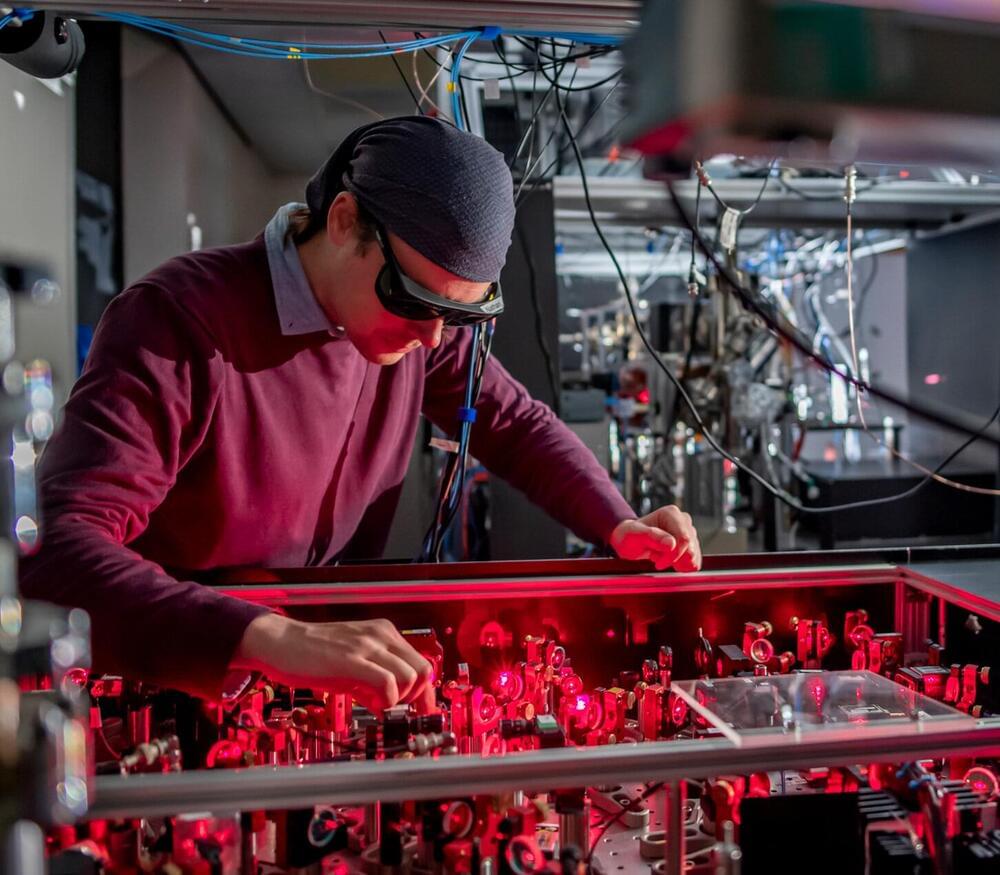

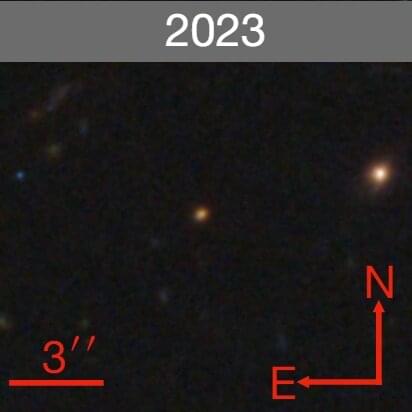
Using the James Webb Space Telescope (JWST), astronomers from the Space Telescope Science Institute (STScI) have discovered a new supernova. Designated SN 2023adsy, the newfound stellar explosion is the most distant Type Ia supernova so far detected. The finding was detailed in a research paper published June 7 on the pre-print server arXiv.

UCLA researchers have created a new type of imager that can capture features much smaller than the limitations of traditional optical systems. This innovation has the potential to revolutionize fields like bioimaging, lithography and material science. The research is published in the journal eLight.

Researchers from Skoltech, Jilin University and Beijing HPSTAR in China, and their German colleagues have synthesized and studied a new type of hydrogen-rich superconductor. Technically referred to as an A15-type lanthanum superhydride, with the formula La4H23, it shows superconductivity below minus 168 degrees Celsius at a pressure of 1.2 million atmospheres. The research results were published in the National Science Review.
Polyhydrides are a novel class of compounds synthesized at about 1 million times the normal atmospheric pressure on Earth. They can exhibit unique superconducting properties with record-high critical temperatures of up to-23 C in lanthanum decahydride LaH10, critical magnetic fields reaching 300 tesla, and critical current densities.
Even compared to other similar hydrides, the newly discovered La4H23 behaves unusually: It has a negative temperature coefficient of electrical resistance in a certain pressure range. That is, unlike ordinary metals, with a decrease in temperature its electrical resistance does not decrease but grows, the way it happens in semiconductors and many unconventional superconductors, such as cuprates.
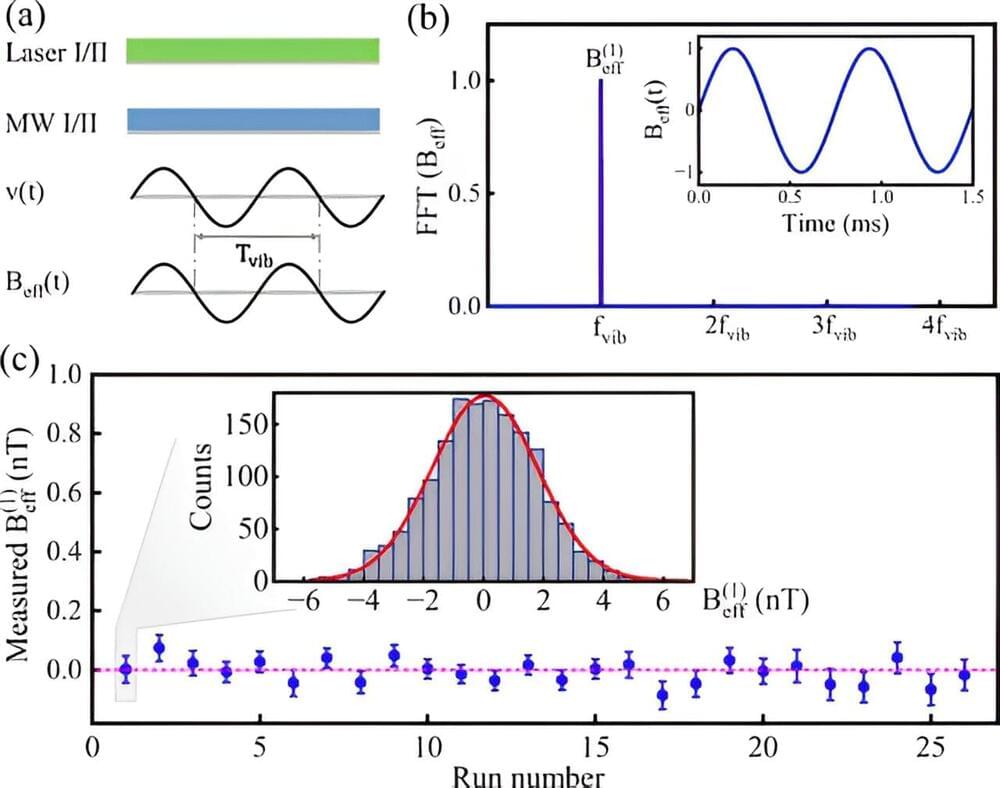
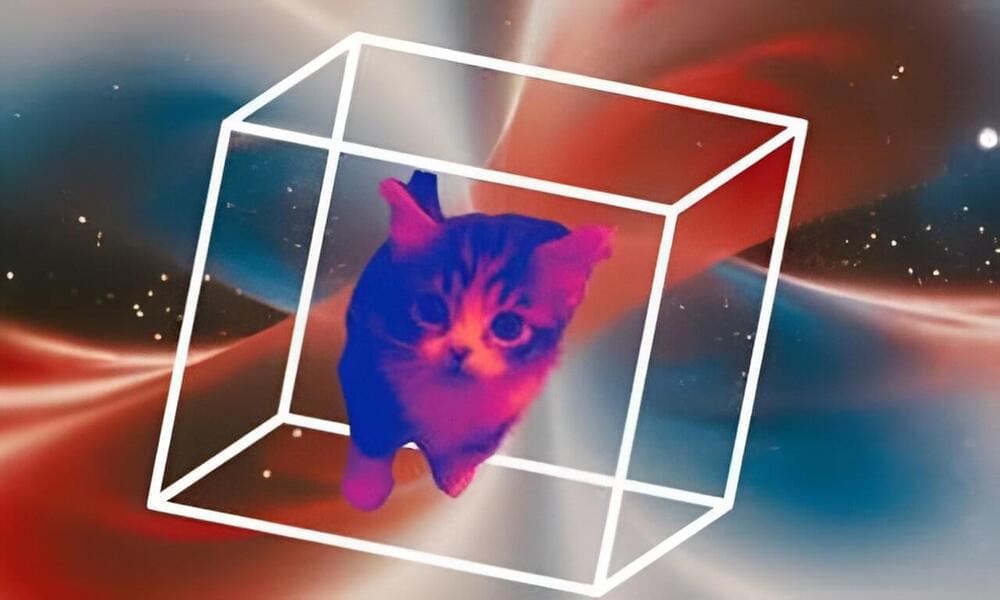

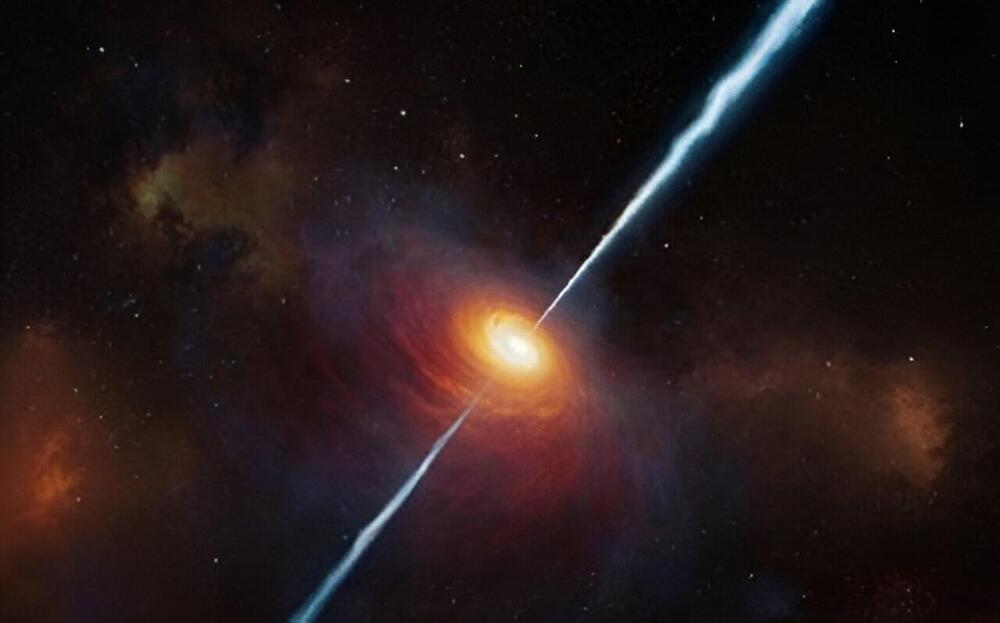

Astronomers believe that at the heart of most, if not all, galaxies sits a titanic black hole with a mass that is millions or even billions of times that of our sun. These supermassive black holes cannot be directly created through the collapse of a massive star, as is the case with stellar mass black holes with masses tens of times that of the sun, as no star is large enough to birth such a huge object.

Humanity is on the verge of entering a new era of space exploration, with the Artemis III mission planning to return humans to the moon in 2026, for the first time in 50 years. Not only will Artemis see a woman and a person of color walk on the lunar surface for the first time, but the week-long mission to the south pole of the moon will begin a period of longer and longer stays in space.